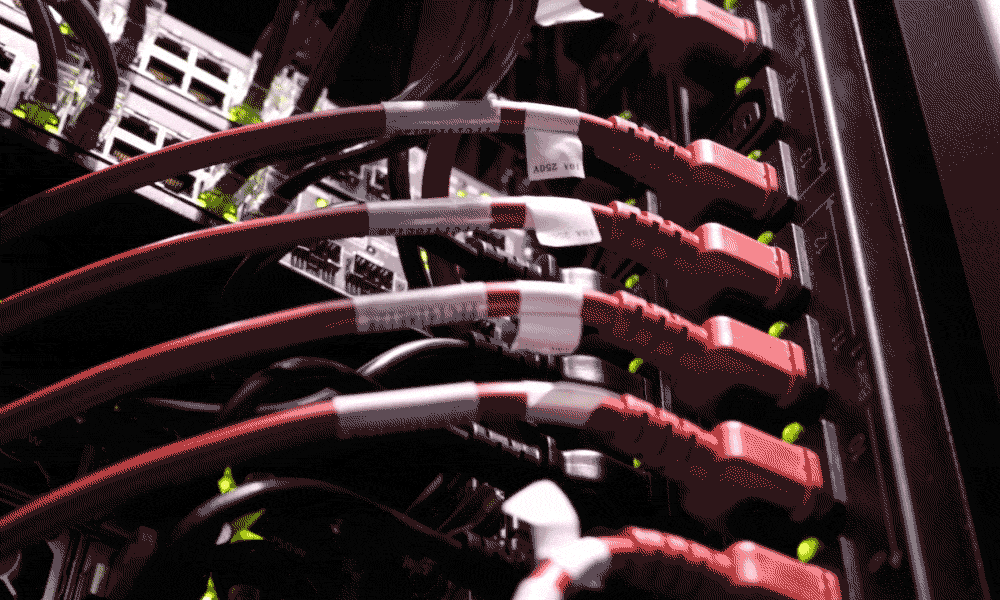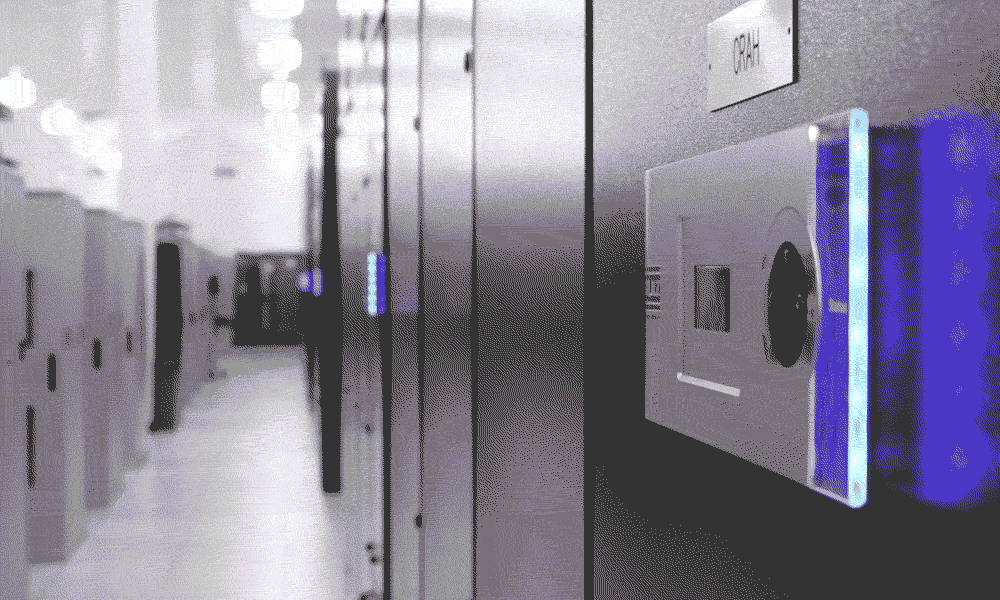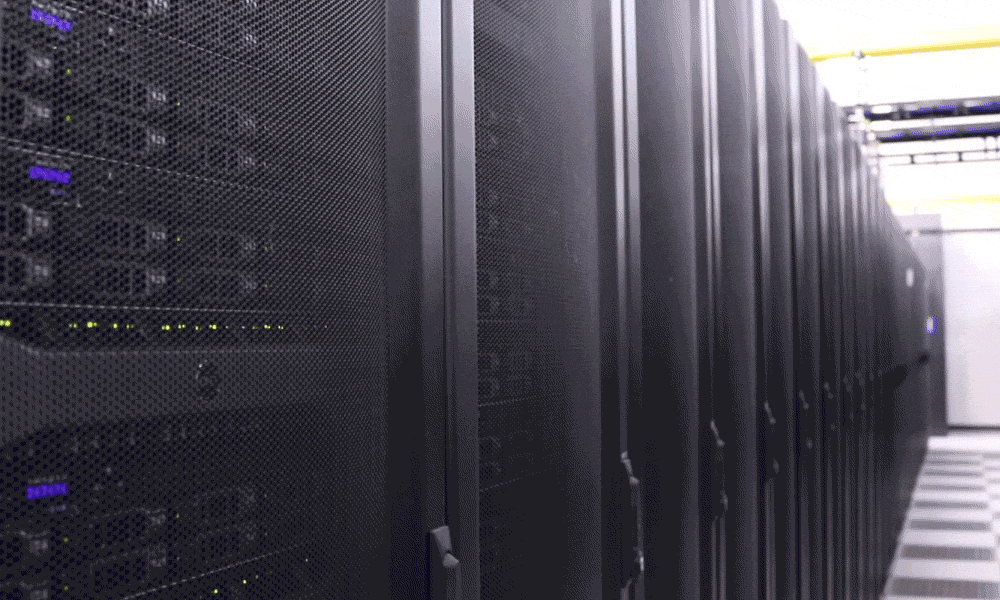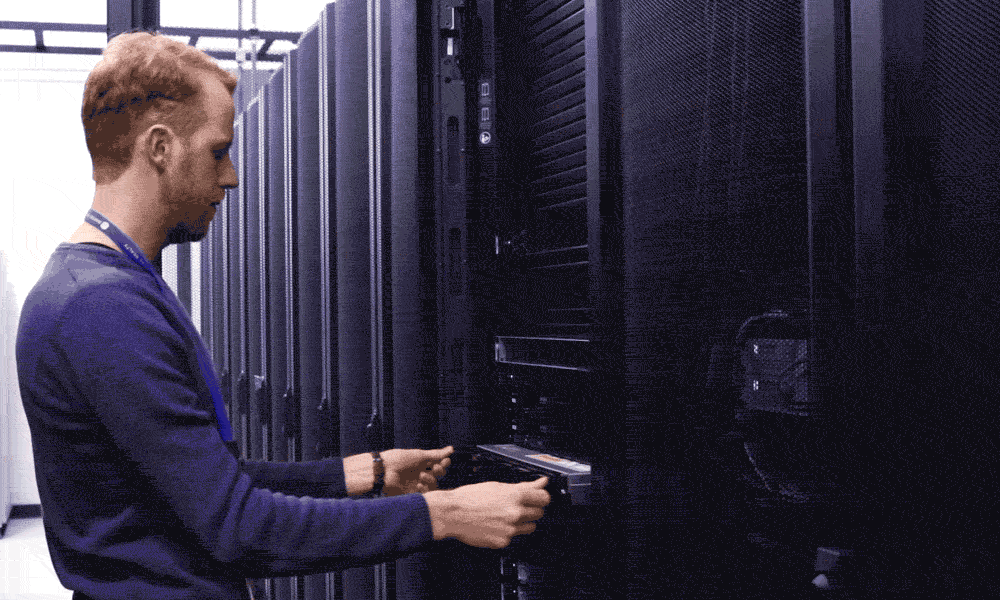The ultimate guide to choosing a data center provider for colocation
A little critical thinking goes a lot way when choosing the best colocation provider. (If the colocation provider has other tech companies as customers, that’s a good sign.)
Then, there are the factors that can make or break your infrastructure:
Cloud Connectivity
Directly connecting your physical infrastructure to major hyperscalers — at lightning speeds — is crucial.
Power
How you buy your power isn’t so important. It’s making sure you get enough for your business.
Reliability
Server racks need a very specific environment to stay running optimally.
Uptime
There can be sneaky ways to present a number that looks better than it is. Don’t get catfished.
Network
Directly connecting your physical infrastructure to major hyperscalers — at lightning speeds — is crucial.
Support

Cloud Connectivity
Connecting existing gear to major cloud providers like AWS, Azure, and Google is critical.
Find a partner that can extend your on-premises network to popular public cloud providers through a highly available, low latency connection. The faster the cloud connectivity, the better. Aim for 100-Gbps.
Power
There’s more to power than picking the biggest number.
Power can be worked into the server colocation pricing in a number of ways. If you’re a big enough company with a lot of scale, you may be able to buy metered power — essentially the amount of power you use, plus a fee. Most companies will buy power either circuited or by the kilowatt or kilovolt amp.
How you buy your power isn’t so important — it’s making sure you get enough. Many colocation vendors will sell you circuited power but only let you use a percentage of it, as the full amount would violate building and electrical codes. Others may try to increase capacity by selling your power out to others when you’re not using it, only to have it unavailable when you see a spike. Make sure you have a very clear contract with your colocation provider outlining what they can — and cannot — do.
Almost every colocated hosting contract will include cooling costs in with your power fees. Because the two are tied directly together, it makes sense, but it’s all the more reason to make sure that your colo center is using energy wisely. Not only is it better for the environment, it may end up saving you a bundle of money over time. Focus on the power usage effectiveness (PUE), which essentially serves as a colocation facility ratings system for energy efficiency.


Reliability
Server racks generate enormous heat, which has to be sucked out and replaced with cool air to keep the machines from overheating.
And then there’s the threat of power outages, flooding, fires. Even something as small as a mouse can be catastrophic if it’s unleashed on the wrong cables.
If you’re considering colocation vs. hosting your own data and applications, you’re probably all too familiar with how much work it takes just to keep your infrastructure running. Or maybe you’ve heard crazy stories of raccoons in the colocation cage or fans and ice being wheeled in on weekends.
Building a colocation facility that avoids this madness and keeps your servers running isn’t easy, but it’s absolutely necessary for your business continuity. Ask your provider how they plan to avoid all these pitfalls, and what they’re doing to make sure catastrophe — at whatever size — doesn’t touch your business. Check their track record. Ask for receipts.
Uptime
There can be sneaky ways to present uptime numbers that look better than they are.
For instance, some of the less reputable colo providers will have downtime planned for regular intervals. Because it’s scheduled, they don’t count it as an outage — even though it’s time when you can’t access your data and applications.
The best colocation facilities will have a 100% uptime SLA, or service level agreement, written right into all of their contracts. That’s what we do at Deft, and we’d never ask our clients to accept less. Your business runs 24/7/365, and so do our colocation facilities.


Network
Inside cheap colo facilities, nothing is free.
The network is what makes it impossible to compare hosting companies by server pricing. That means that you may end up paying $400 a month to run a cable from a provider in that same data center to your system. And once you’re in their system, you’re in it.
The same philosophy extends past the colocation hosting provider and to its partners. You’re generally limited to the carriers that are already in a colocation facility, which means you’re stuck with their prices and network capacities. If you want to bring in a carrier that’s not in the facility, you may get hit with a recurring charge for the meet-me room, or MMR. These extra charges — some of which are really for nothing other than the privilege of doing business — add up fast. If you’re just looking at sticker prices, you may end up with a shock when the real bill comes in.
Fortunately, you can push colo facilities to give you a full list of these prices before you sign a contract so you can get a better sense of what your total cost will be. You can also ask them about network latency. If you have customers across North America, a Chicago-based data center will provide the lowest latency.
Support
Support can make all the difference in your colocation experience.
The point of moving to a colo facility is so that you’re not stuck doing it all yourself. Focusing on support will make sure you get the level of attention you need and a level of expertise you can’t get anywhere else.

Bonus Factor: Trust
The importance of visiting your colocation hosting facility in person
It’s tempting to go for the cheapest colocation provider. But there are so many ways that vendors can cut corners to increase their cash flow — oversubscribing capacity, not having proper cooling and airflow, and adding to the architecture ad hoc.
To avoid all of that, you have to choose your colo facility with another factor in mind: Trust. It can’t be quantified, but it can be the thing that keeps your systems running while your competition’s are down.
The best way to gauge trust is to look a provider in the eye. That means making an in-person visit to the data center. There, you can see if everything they say passes the smell test.
You already know to look past the ping-pong tables in the break room and look for the things that matter, like how the facility is run and organized, how the team maintains their cable plant and cooling systems, how the company structures and organizes customers’ work requests. This is where you’ll get the real insight into what your partnership might look like in practice.
Today, we’re only as good as our technology. Before you entrust it to a colocation facility, take the time to check them out properly.
Go under the surface and make sure they’re rock solid on the factors that can undermine your infrastructure. Then, see if you can trust them.
Join us on a private data center tour
Sign up to tour Deft’s flagship facility in the Chicago area today:
